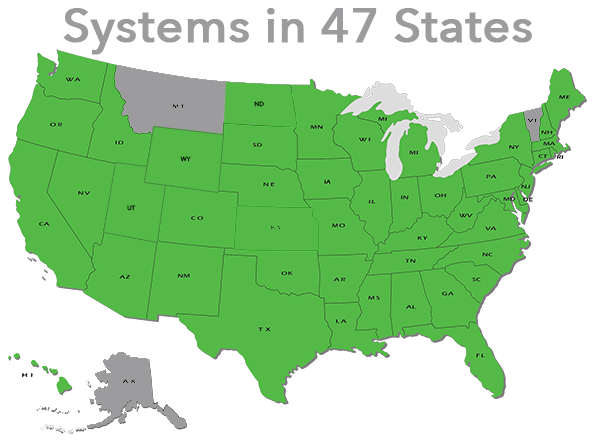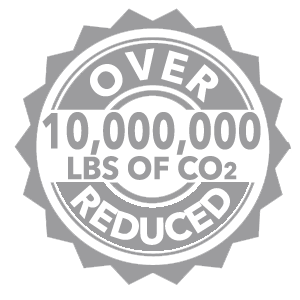How dependent are we on foreign oil?
Last Updated: May 10, 2013
The United States relied on net imports (imports minus exports) for about 40% of the petroleum (crude oil and petroleum products) that we consumed in 2012. Just over half of these imports came from the Western Hemisphere. Our dependence on foreign petroleum has declined since peaking in 2005.
The United States consumed 18.6 million barrels per day (MMbd) of petroleum products during 2012, making us the world's largest petroleum consumer. The United States was third in crude oil production at 6.5 MMbd. Crude oil alone, however, does not constitute all U.S. petroleum supplies. Significant gains occur because crude oil expands in the refining process, liquid fuel is captured in the processing of natural gas, and we have other sources of liquid fuel, including biofuels. These additional supplies totaled 4.8 MMbd in 2012.
The United States imported 11.0 MMbd of crude oil and refined petroleum products in 2012. We also exported 3.2 MMbd of crude oil and petroleum products, so our net imports (imports minus exports) equaled 7.4 MMbd.
In 2012, the United States imported 2.1 MMbd of petroleum products such as gasoline, diesel fuel, heating oil, jet fuel, and other products while exporting 3.1 MMbd of products, making the United States a net exporter of petroleum products.
Over half of U.S. petroleum imports come from the Western Hemisphere
Some may be surprised to learn that over 50% of U.S. crude oil and petroleum products imports came from the Western Hemisphere (North, South, and Central America, and the Caribbean, including U.S. territories) during 2012. About 29% of our imports of crude oil and petroleum products came from the Persian Gulf countries of Bahrain, Iraq, Kuwait, Qatar, Saudi Arabia, and United Arab Emirates. Our largest sources of net crude oil and petroleum product imports were Canada and Saudi Arabia.
Top sources of net crude oil and petroleum product imports:
Canada (28%) Saudi Arabia (13%) Mexico (10%) Venezuela (9%) Russia (5%)It is usually impossible to tell whether the petroleum products you use came from domestic or imported sources of oil once they are refined.
Reliance on petroleum imports has declined
U.S. dependence on imported oil has declined since peaking in 2005. This trend is the result of a variety of factors including a decline in consumption and shifts in supply patterns.1 The economic downturn after the financial crisis of 2008, improvements in efficiency, changes in consumer behavior, and patterns of economic growth all contributed to the decline in petroleum consumption. At the same time, increased use of domestic biofuels (ethanol and biodiesel), and strong gains in domestic production of crude oil and natural gas plant liquids expanded domestic supplies and reduced the need for imports.
Footnotes
1U.S. Energy Information Administration, This Week in Petroleum, May 25, 2011.
























